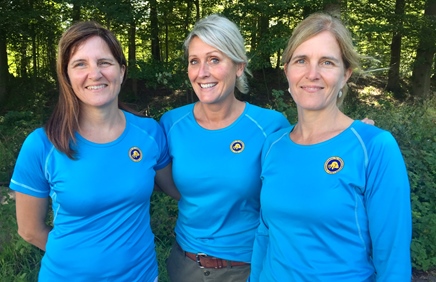
Instructors
Our instructors are experienced dog trainers
Read more ›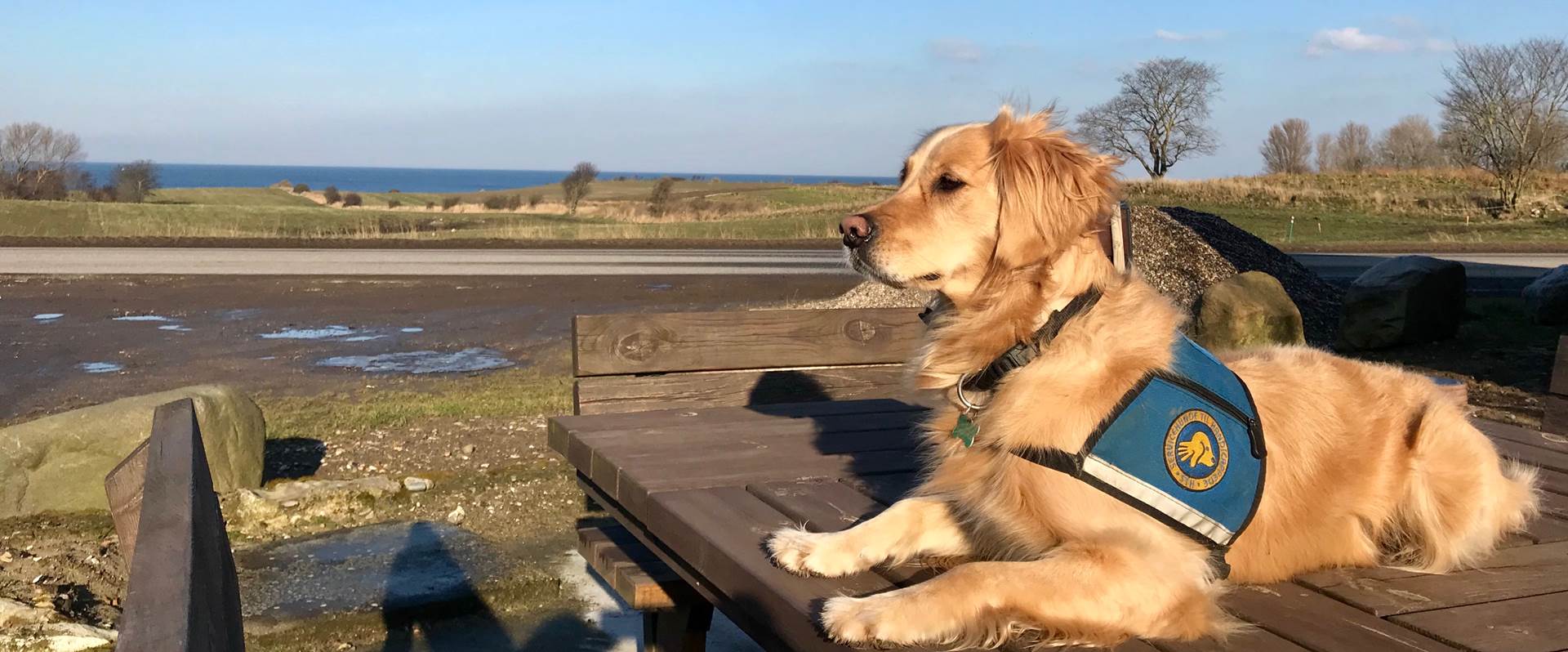
The unique training of a service dog lasts 18-24 months and starts when the puppy is selected at the age of 8 weeks. The puppy is placed with a carefully chosen family where it will spend the next 12 months.
The family will undertake the daily socializing of the puppy, teaching it good habits, and keeping it in good health. The puppy will enjoy positive interaction with people in various environments as well as attending standard puppy training and special STH puppy training.
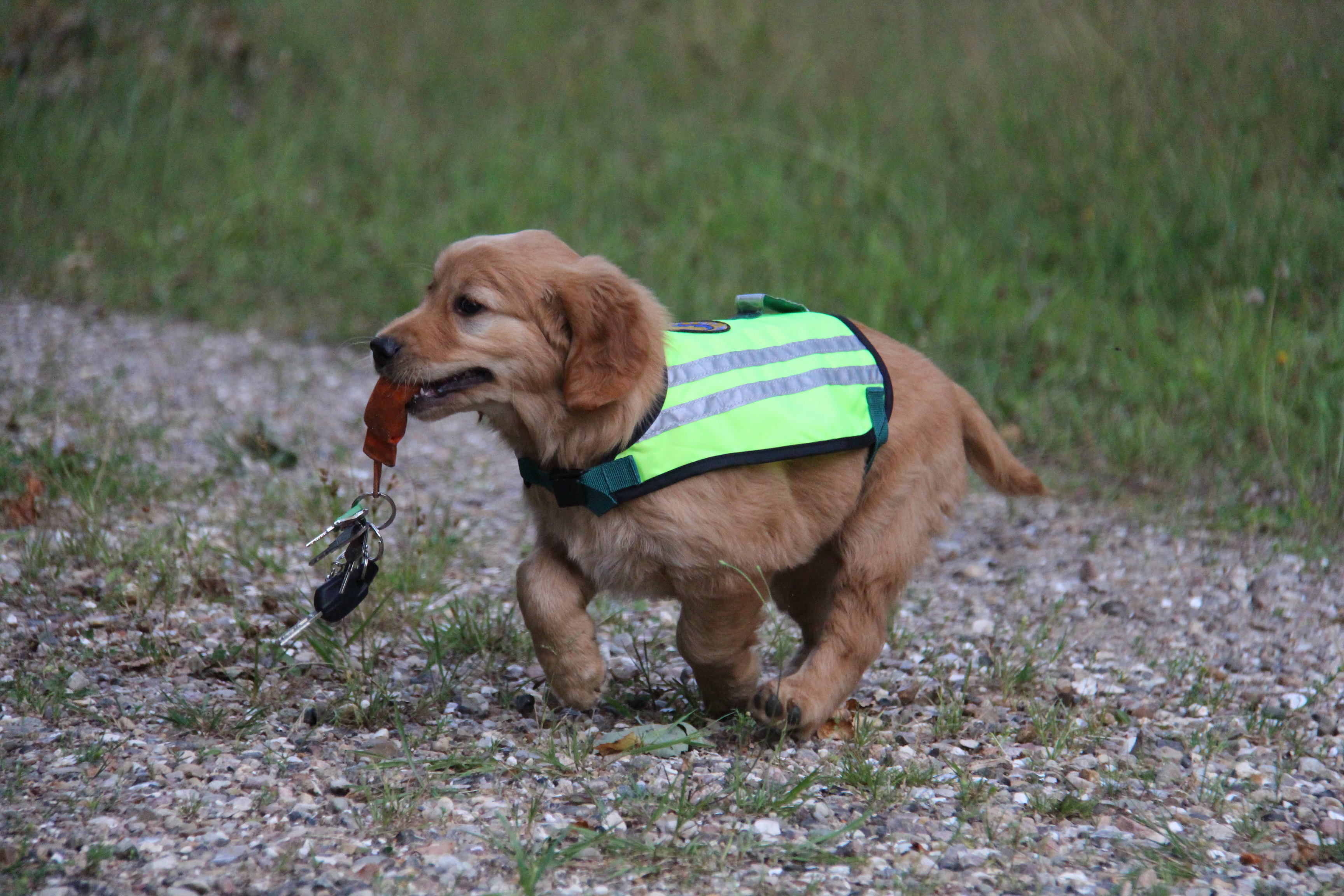
Selecting the puppy
Mental as well as physical health is a priority when we select a puppy for to become a future service or social dog. All puppies undergo thorough health checks including x-rays of hips and elbows.
Before advanced training at 12-14 months the dogs are mentally tested as well and neutered.
The dog should seek contact, be cooperative and playful with good hunting qualities. The dog must react appropriately when surprised by sudden sound or motion. It should work independently with concentration and focus without showing recurring discomfort. These qualities are fundamental when we select a future service or social dog.
Advanced training
At 12-14 months the dog is ready for the next part of its training - the advanced training. The training takes place with the STH instructors and lasts for approx. 8 months.
During this period the dog is taught 50 signs in a number of combinations. The dogs are trained in varying environments; at home, in shopping centers/shops and other public places.
The versatile training makes the dogs confident when working in different situations.
Team training
When a team of service dogs has finalized advanced training they are matched with the successful candidates from the STH waiting list. The candidates are invited for team training.
Team training lasts for three-12 weeks, an intense and exciting period where the dogs and their users get to know each other, learn to cooperate by means of the 50 signals.
During the three weeks the teams are taught almost 100 hours partly theory about dogs' behavior, needs, learning psychology, etc., and partly practical training, grooming, exercise and play.
Access to public places
After completed team training the service dog team may wish to take a public access test. When the test is passed it allows the user to bring the service dog to places where dogs are not normally allowed, for instance supermarkets, restaurants, shopping centers, busses, trains, airplanes, etc.
The service dog wears a special STH ID-vest which signals that the dog is at work and the user carries an unique identification card referring to public test and STH.
Follow up
STH is characterized by keeping in contact with all service dog teams to ensure continued success for the teams and offering follow-up training several times a year, where all the teams meet, train and share experiences. It is mandatory to attend one team training a year and to fill in the annual evaluation form.
Disclaimer: Assistance Dogs International, Inc. (ADI) has not reviewed this material and does not endorse or recommend these materials. ADI accepts no liability for the content of these materials or for the consequences of any actions taken on the basis of the information provided. Any views or opinions presented in these materials are solely those of the author and do not represent those of ADI.

Our instructors are experienced dog trainers
Read more ›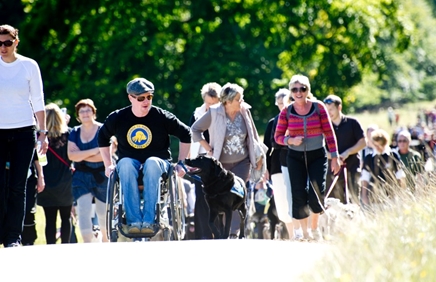
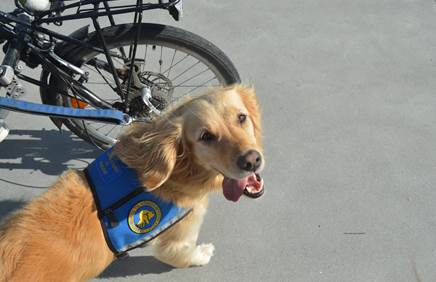
Phone hours, email adresses and mailing adresss. Find it here
Read more ›